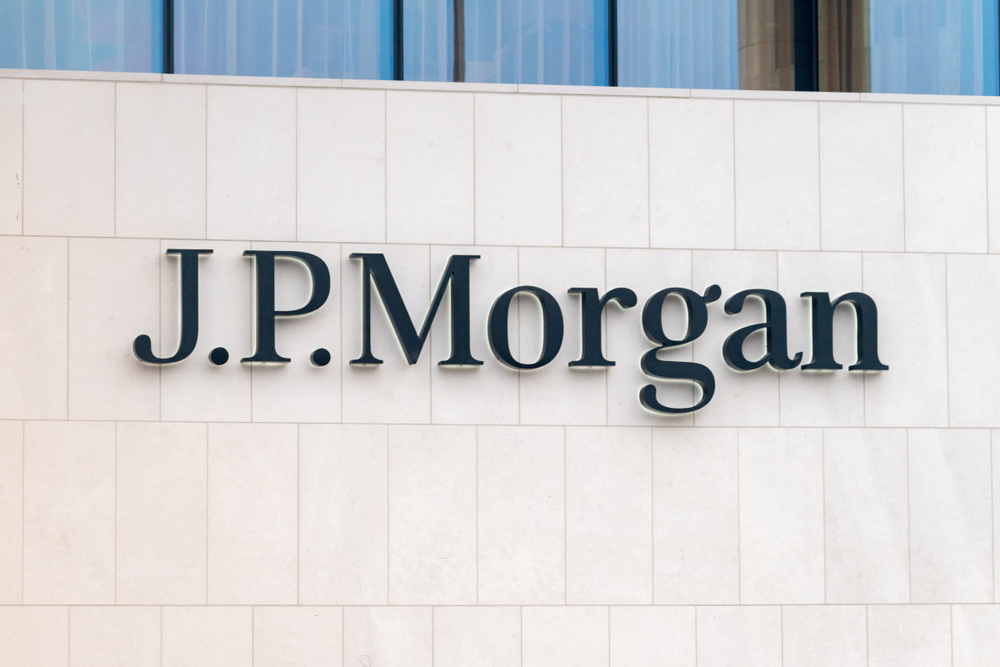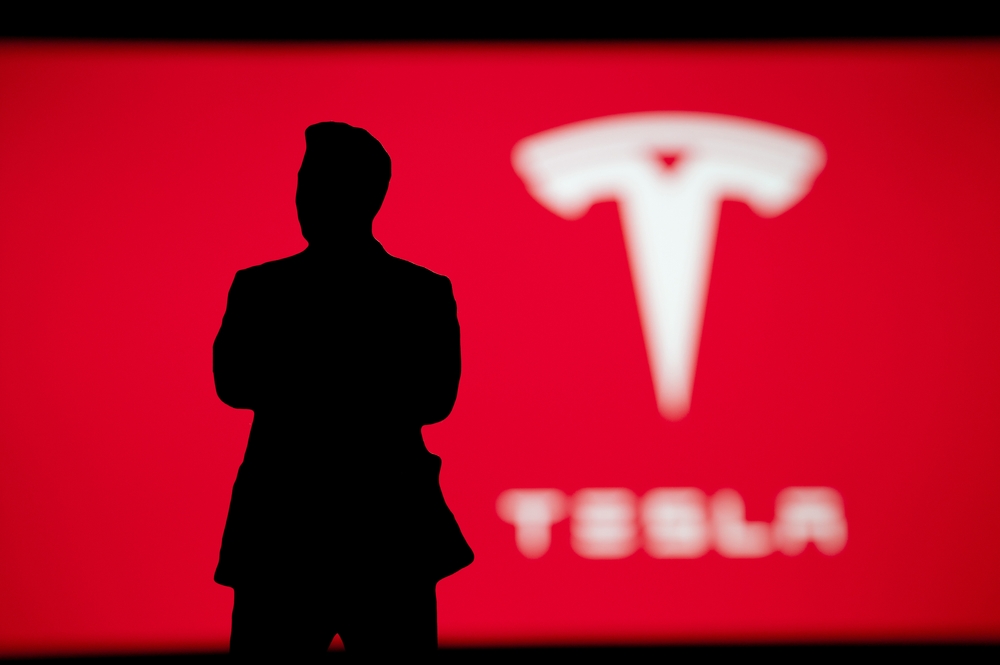Throughout the entirety of 2023, the trend persisted, culminating in an impressive surplus of €65.9 billion ($71.11 billion), marking a significant departure from the daunting €332.2 billion ($357 billion) deficit faced in 2022, as imports experienced a sharper decline than exports.
The notable shift was propelled by a substantial 18.7% year-on-year decrease in imports, reaching the lowest level since August 2021. Reduced purchases spanned various categories, including fuels (-38.3%), crude materials (-19.6%), manufactured goods (-12.4%), machinery and transport equipment (-9.8%) as well as foods (-7.3%). Major trade partners like Russia, the UK, Switzerland, Norway or China experienced declines in EU imports.
Looking back to December of the previous year, the year-on-year comparison revealed a sobering reality. Exports saw a notable decrease of 7.8%, while imports suffered a more substantial decline of 17.6%. This downturn reflected broader economic headwinds and highlighted the Eurozone's vulnerability to global economic fluctuations.
Further analysis reveals a series of factors contributing to these fluctuations. Import prices, for instance, exhibited a downward trend, sliding by 1.3% monthly, with the Eurozone experiencing a more moderate decline of 0.3%, while the non-euro zone bore the brunt with a steeper dip of 2.3%. Over the preceding three months, however, import prices displayed a contrasting trajectory, witnessing a marginal uptick of 1.1%, albeit with regional disparities.
The beginning of 2024 has remained subdued for the eurozone, with the European Commission slashing growth forecasts for both the EU and the euro area. Inflation is expected to fall more than previously anticipated, leading to speculation about potential interest rate cuts by the European Central Bank.[1] However, the ECB emphasizes a data-dependent approach to monetary policy. The ongoing Red Sea attacks could further disrupt imports and exports, particularly from China and Japan, as shipping routes are impacted. This disruption may lead to price increases and availability issues for various goods, as already warned by several retailers.
The trade dynamics observed in the Eurozone signify economic resilience despite facing challenges such as weak global demand and fluctuating import-export. This suggests that the region's economy is adaptable and capable of adjusting to adverse conditions. An import-export balance is crucial for maintaining stable economic growth and reducing dependence on external factors. Continued vigilance proactive measures and diversification of trade partners will all be necessary to successfully combat uncertain economic conditions.
Sources:
https://www.istat.it/en/archive/293852
https://tradingeconomics.com/euro-area/balance-of-trade
https://www.reuters.com/markets/europe/german-exports-fall-more-than-expected-december-2024-02-05/
https://tradingeconomics.com/european-union/balance-of-trade
[1] Forward-looking statements represent assumptions and current expectations that may not be accurate or are based on the current economic environment, which may change. These statements are not guarantees of future results. Forward-looking statements, by their nature, involve risk and uncertainty because they relate to future events and circumstances that cannot be predicted and actual developments and results may differ materially from those expressed or implied by any forward-looking statements.
Warning! This marketing material is not and should not be construed as investment advice. Past performance is no guarantee of future results. Investing in foreign currency may affect returns due to fluctuations. All securities transactions may result in both gains and losses. Forward-looking statements represent assumptions and current expectations that may not be accurate or are based on the current economic environment, which may change. These statements are not guarantees of future results. InvestingFox is a trademark of the company CAPITAL MARKETS, o.c.p., a.s. regulated by the National Bank of Slovakia.
 Polish
Polish
 English
English
 Slovak
Slovak
 Czech
Czech
 Hungarian
Hungarian
 Italiano
Italiano





